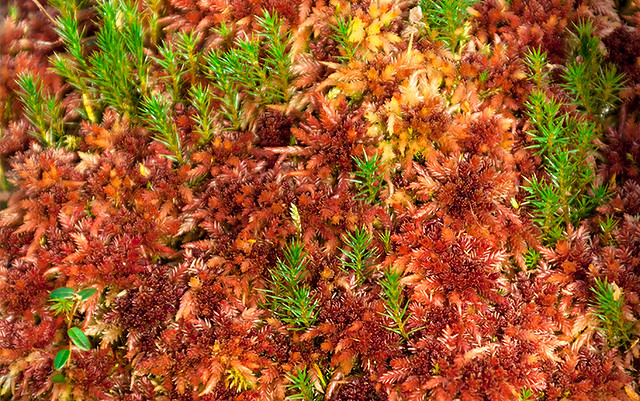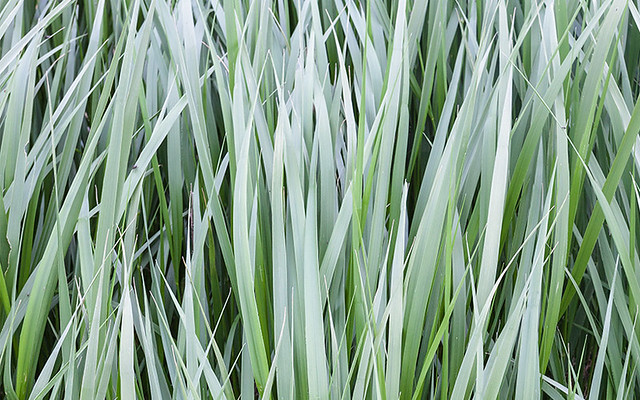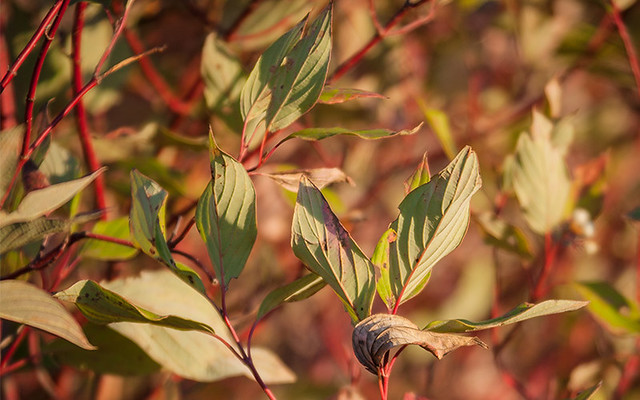Plantae

Mountain Avens
Dryas octopetala


2 POINTS
FACT: A frugal plant. It takes 10 years from seed germination until it blossoms.

Sphagnum Moss
Sphagnum spp.


3 POINTS
Fact: Sphagnum moss shapes the boreal forest by absorbing water and producing acid, which causes the development of peat bogs.

Sedge Species
Carex spp.


2 POINTS
Fact: Sedges can be confused with grasses, but are found in wet areas and have three-sided stems: remember “Sedges have edges”.

Grass Species
Poaceae spp.


1 POINTS
Fact: There are > 100 grass species in the boreal forest, many of which have been introduced from Europe and are considered invasive weeds.

Willow Species
Salix spp.


2 POINTS
Fact: The many species of willow in the boreal forest often hybridize, making them notoriously difficult to identify.

Red Osier Dogwood
Cornus stolonifera

3 POINTS
Fact: Dogwood in indicative of nutrient rich sites in the boreal forest and is preferred winter browse for many ungulates.